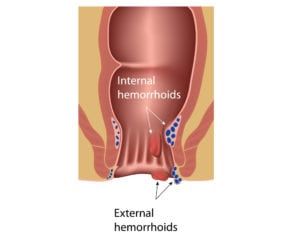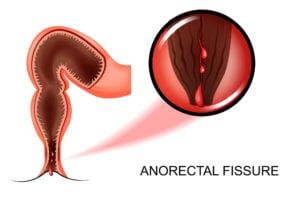An anal fistula is an extremely rare occurrence, with about 200,000 cases seen nationally each year. This condition is only treatable by a physician and when treated correctly typically resolves within a few months. With that in mind, it is not something to take lightly. In addition to being incredibly painful anal fistulas can cause extensive infection and damage when left untreated.
Did you know?
It’s estimated that about half of all people with anal abscesses will develop a fistula. Fistulas can spread so much so that they ruin your anal sphincter’s ability to control your bowel movements, thus rendering an individual incontinent.
Frequently Asked Questions
What causes an anal fistula?
The anus is made up of many small glands. When these glands become clogged by feces or foreign matter an infection can develop. While illnesses like Crohn’s disease and cancer treatment can increase your risk of developing a fistula, additional risk factors include anal intercourse and anal trauma.
What are the symptoms of an anal fistula?
The symptoms of anal fistulas are quite similar to anal abscesses. This includes pain, redness, and swelling around the anus. Infections that have gone systemic also result in fever, chills, and malaise. You may also notice drainage of pus and blood from your anus.
How do you diagnose an anal fistula?
Fistulas can usually be diagnosed through a visual exam, however, at times imaging tools like MRI and CT scans are used to get a deeper image of your body and any infection that is located further.
What is the treatment for an anal fistula?
Typically fistulas are treated through surgical drainage of a site. This is typically a quick surgery performed under general or local anesthetic. Infections that run deeper often require several surgeries and IV antibiotics.
Antibiotics alone cannot be used to treat fistulas.







